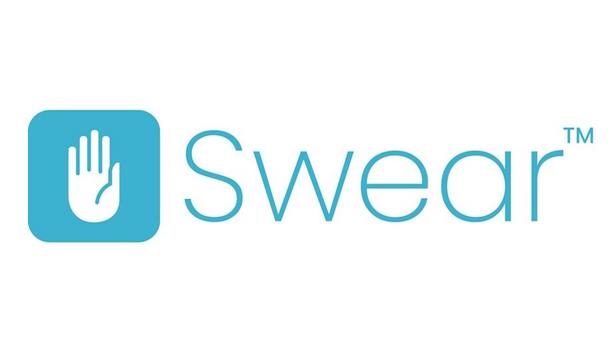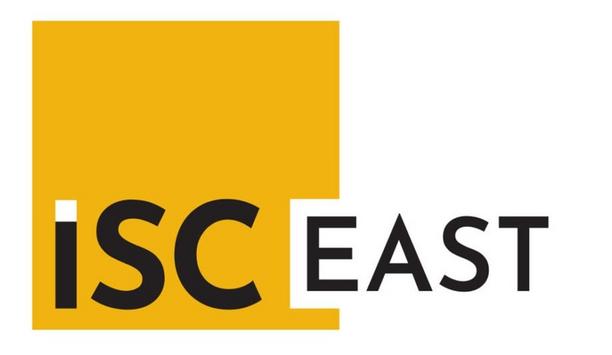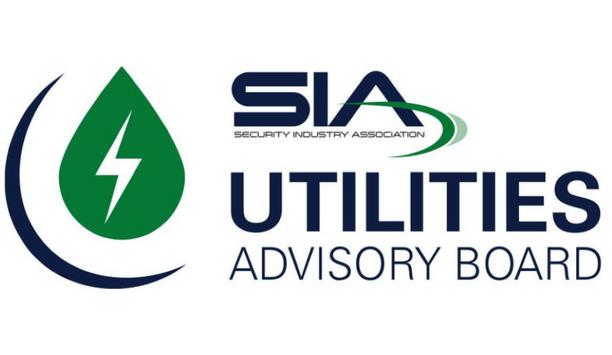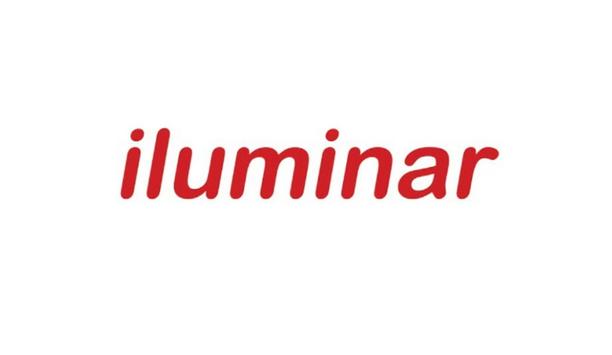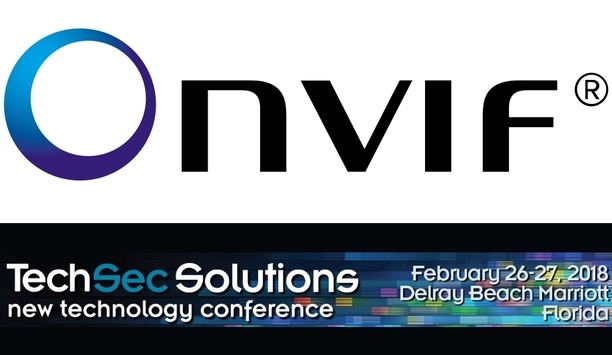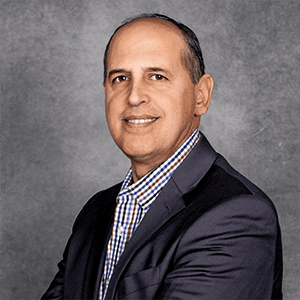Pierre Bourgeix
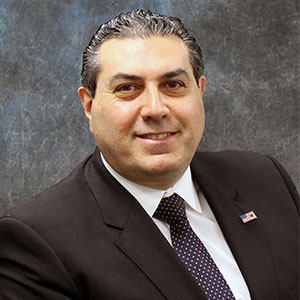
Pierre Bourgeix
President, ESI ConvergentCurrently serving as the president of management consulting firm, ESI Convergent, Pierre Bourgeix is an industry expert in the field of business management and sales strategy. He has also previously worked as vice president of business development at SecureState and CEO/President of Elevated Sales Inc. Pierre holds a MBA degree from the coveted UCLA Anderson School of Management and an MS degree from California State University-Long Beach.
News mentions
SWEAR, a pioneer in digital content authenticity, announces that the SWEAR Security platform has been officially validated by ESI Convergent following a comprehensive evaluation of its capabilities....
ISC East, with its premier sponsor the Security Industry Association (SIA), and in partnership with the ASIS NYC Chapter, announced 2024’s slate of speakers that will headline the Keynote Series...
The Security Industry Association (SIA) is pleased to announce the first members of its Utilities Advisory Board Steering Committee. SIA created the Utilities Advisory Board to offer insight and educ...
iluminar, the specialist manufacturer and supplier of infrared and white light illuminators, appointed Pierre Bourgeix, Chief Technology Officer and Founder of ESI Convergent LLC, a global security co...
Thousands of security professionals gathered Nov. 14-15 at the Javits Center in New York City to explore new products, solutions and technologies, network with security luminaries and obtain high-qual...
Cybersecurity talk currently dominates many events in the physical security industry. And it’s about time, given that we are all playing catch-up in a scary cybersecurity environment where threa...
ONVIF, a global standardization initiative for IP-based physical security products, has announced that it will be presenting at TechSec Solutions 2018, as part of a panel discussion on trends in new t...
